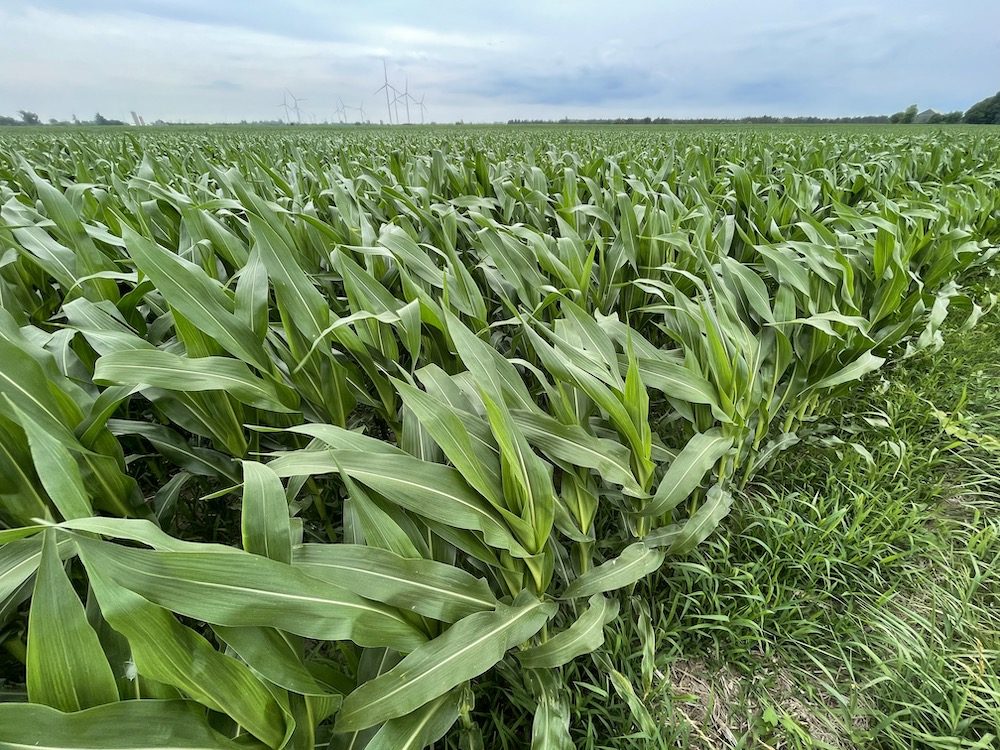
Ottawa invests $5.3M in BioFuelNet Canada to advance ag biomass
August 31, 2023
By Canadian Biomass staff
 Photo: Annex Business Media
Photo: Annex Business Media Ottawa has earmarked up to $5.3 million for BioFuelNet (BFN) Canada to help develop agricultural biomass supply chains, technologies and products that will grow Canada’s bioeconomy.
MP Francis Scarpaleggia made the funding announcement in Sainte-Anne-de-Bellevue, Que., yesterday. The investment was made under the AgriScience Program – Clusters Component, part of the Sustainable Canadian Agricultural Partnership.
BioFuelNet Canada’s Biomass Cluster will use the funding for research activities under three themes:
- Biomass production
- Biomass feedstock supply chains
- Biomass utilization
The cluster’s research activities will include growth of biomass crops on marginal lands, the development of microbial biostimulants, and various conversion technologies.
“BioFuelNet Canada is a leader in supporting the transition to a green economy that addresses the challenge of climate change,” Scarpaleggia said in a news release. “The Biomass Cluster’s research and development has strengthened the Canada’s biomass industry at a time when our government is moving ahead with Clean Fuel Regulations aimed at cutting greenhouse-gas emissions in the transportation sector. An innovative and competitive biomass industry is key to ensuring the cost-efficient implementation of the CFR.”
Donald Smith, BioFuelNet CEO, said they plan to allocate funds to top laboratories across Canada, co-ordinating their efforts to drive growth in Canada’s bioeconomy. “This cluster will lead the way in maximizing the role of agriculture in controlling greenhouse gas emissions,” Smith said.
According to Statistics Canada, in 2015 Canadian industrial bioproducts producers used 22 million metric tonnes of biomass, of which 57 per cent was forestry biomass and 43 per cent agricultural biomass. The majority of the agricultural biomass was grain and oilseeds.
Editor’s note: Read Smith’s column on fuelling the bioeconomy with agricultural residues.
Print this page